Market Research can give you insight into the needs and interests of your customer base, the market trends in your industry, and how your own business is perceived. It can even help you discover who your clients are and define your target market. For many business owners, market research provides vital information for decision-making. A well-informed decision can mean the difference between making decisions that benefit your business and making poor decisions that may hurt it. Because you need to stay up-to-date with an ever-changing business environment and the constantly evolving needs and interests of your customers, market research should be ongoing.
There are two main types of market research; primary and secondary.
Primary Research
Primary research is direct research done by you through interaction with customers, competitors, and other business owners. You can conduct primary research formally through surveys, focus groups, and experiments, and informally through creating relationships with customers and competitors, both online and in person. Primary research allows you to understand the demographics and psychographics of your customers, which keeps you relevant in your market.
Secondary Research
Secondary research is indirect and is the process of gathering information from previous research that has already been compiled and published. Much of this information can be found online, especially through government agencies such as Business Link and Stats Canada. Secondary research can reveal market trends and provide internal analysis. Secondary research has a secondary priority over primary research. However, both forms of research have significant value and often work in tandem to validate internal data.
It is critical to know why potential customers may buy your products. For your market research to be effective, you must first identify your competitors, establish your business’s goals, and consider your research needs. To get started, define your target market and make a list of basic questions that you want to have answered. Having these questions established ahead of time will help you later when you look through your collected data. You can search for information that specifically answers those questions.
Once you’ve done your research, compile and analyze your findings. Organize any quantitative data you have into graphs so that you can easily see trends over time. Beware of confirmation bias when drawing conclusions; remember that your experience and common sense can go a long way when analyzing data. Though they may sound intimidating at first, there are several different analysis models you can use. Essentially you want to organize your findings into sections so you can more easily use this information when making business decisions.
So, now that you have done your market research, you can develop a marketing strategy. Our Resources page contains many helpful resources that can aid you in your marketing journey. Download our Small Business Marketing Guide and get started developing your marketing strategy today! You can also contact us by email at




